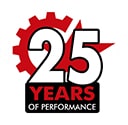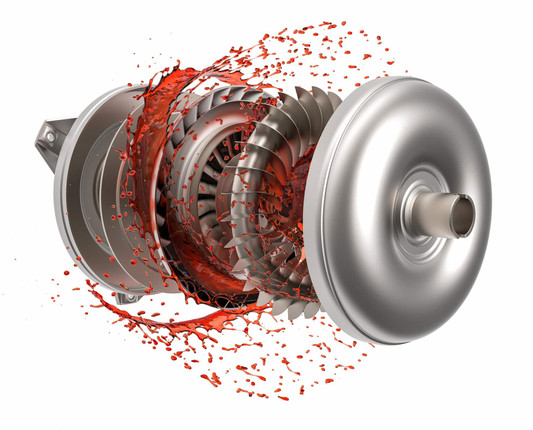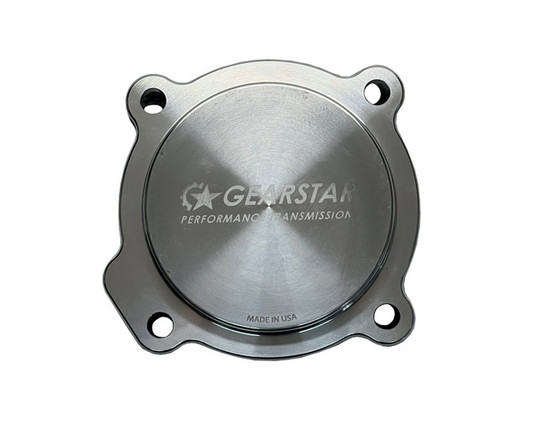Blog
Automatic Transmission vs Manual: What You Need to Know for Performance Builds
When building a performance car, restoring a classic, or assembling a street/strip machine, one of t
…
If there were a crown for “most mysterious car component,” the transmission would probab
…
What Is a Torque Converter? Key Functions, Components, and Performance Benefits
If you’re building a performance car, refreshing a classic, or putting together a restomod, on
…
When building a high-performance vehicle, every component needs to keep up with your engine’s
…
Winter or some of our warm weather friends call is "off season" is rapidly approaching. let's talk
…
we are going to talk about some transmission slip yokes.
When you are installing a new transmiss
…
Why the TH350 Transmission Is Still a Favorite Among Classic Chevy Owners
When you talk about classic Chevy cars, the TH350 transmission always finds its way into the convers
…
How to Choose the Right Level AOD Transmission for Your Ford
Choosing the right AOD transmission for your Ford isn't just about horsepower. It's about how you dr
…
Like most AODs at the time, GM 4L70E transmissions were designed with lightened materials to support
…
COMPUSHIFT II is the latest generation transmission control system from HGM Automotive Electroni
…
Download Installation Files
PLEASE FEEL FREE TO CALL US ON OUR TECH LINE AT (330) 434-2757
…
Download Installation Files
PLEASE FEEL FREE TO CALL US ON OUR TECH LINE AT (330) 434-2757
…







